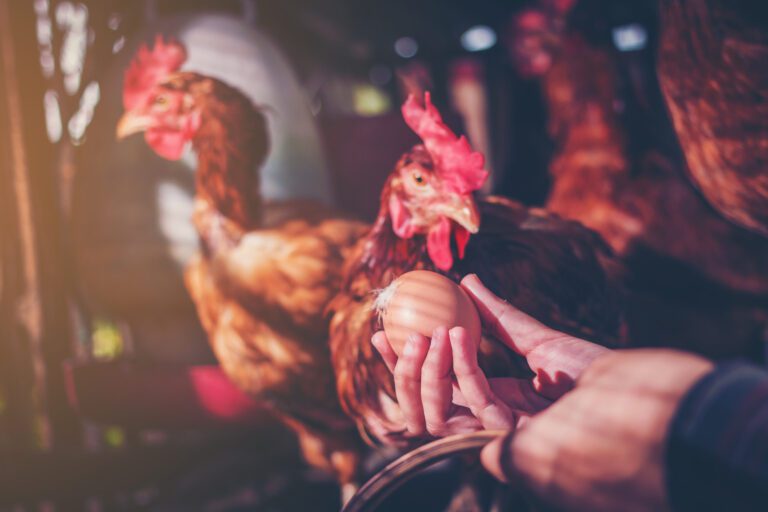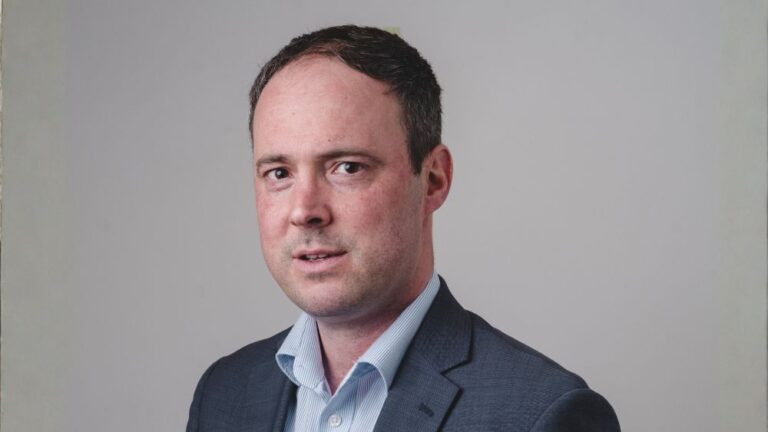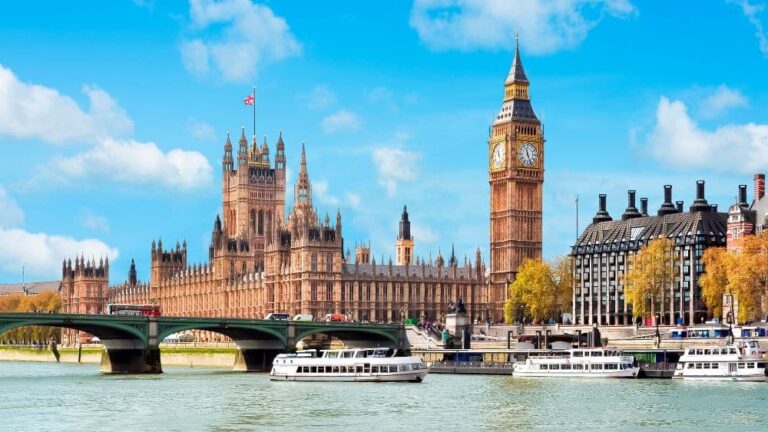
New APR and BPR rules
What are the potential liabilities of the new agricultural property relief (APR) and business property relief (BPR) rules?
There has been some confusion on how the new agricultural property relief (APR) and business property relief (BPR) rules work. The mechanics of the new rules altered after the Chancellor announced changes to capital gains tax (CGT) and inheritance tax (IHT).
Therefore, I thought it might be helpful to work through an example scenario. You will appreciate that the scenarios are pretty well endless and the relevant facts will be unique to each situation, however I hope the example in this article helps inform on the issues, the tax calculation mechanics, and what can be done to help clients. This is a scenario in which there is no partnership involved as that would open up many more potential complications and variables.
Paul and Lisa’s situation
Paul is 80 and owns 200 acres of farmland that is let on a farm business tenancy to a farming company owned and run by his son, Mark. This land is mainly good agricultural land but with some road frontage pony paddock land that could be worth more than its agricultural value and some shelter belts of woodland and less good quality grazing land. The land is considered to be worth £3.8m. The land has been in the family for generations and historically Paul farmed the land.
Paul is married to Lisa, who is aged 78. Paul and Lisa live in a farmhouse worth £650k and is owned jointly between them. It is thought that the farmhouse is character appropriate to the land but the position isn’t certain as it isn’t currently being used as the main farmhouse for the farm. Mark lives in a more modest property close by and would ultimately like to move into the property. The farmhouse was put into joint names as a joint tenancy many years’ ago as Lisa wanted to know that she had a secure home when Paul was farming the farm as part of a family partnership with his father and mother.
Lisa was a primary school teacher before she retired and has Teachers’ Superannuation and Local Authority pensions as well as her state pension. Paul has the rent from the farmland, a very small personal pension and his state pension.
Paul and Lisa have other assets jointly between them of around £100k comprising household chattels, cars, some ISAs and bank and building society accounts.
Paul and Lisa both have wills in place. On Lisa’s death she leaves everything to Paul (if he is still alive) and otherwise equally between their two children (Mark and Karen). On his death, Paul leaves the farmland to Mark, and everything else to Lisa, or if she has predeceased him then equally between Mark and Karen.
Their estates currently are as follows:
| Paul
£k |
Lisa
£k |
Total
£k |
|
| Farmland | 3,800 | 3,800 | |
| Farmhouse | 325 | 325 | 650 |
| Other assets | 50 | 50 | 100 |
| 4,175 | 375 | 4,550 |
Potential inheritance tax exposure for Paul and Lisa
Paul and Lisa did not think that they had any potential inheritance tax liability before the Budget announcement on 30 October. They are now concerned and are wondering what to do. In truth they probably did have some issues before the Budget announcement – they just didn’t realise it.
Whilst there are a number of uncertainties about the proposed new rules from April 2026, let’s consider what happens on each death if:
- Paul dies first, or
- Lisa dies first
In both cases, let’s assume that both deaths are after April 2026. Let’s also assume that the farmland fully qualifies APR. We can consider the position if the farmhouse does, or doesn’t qualify for APR.
Scenario A: Paul dies first – Paul’s death:
| £k | £k | |
| Farmland | 3,800 | |
| APR – 100% on £1m | 1,000 | |
| APR – 50% on £2.8m | 1,400 | |
| (2,400) | ||
| 1,400 | ||
| Farmhouse | 325 | |
| Other assets | 50 | |
| Spouse exemption | (375) | |
| Taxable estate | 1,400 | |
| Inheritance tax due: | ||
| Nil rate band | 325 | – |
| At 40% | 1,075 | 430 |
| Total tax due | 430 |
The inheritance tax due is payable in 10 equal annual instalments of £43k. No interest will be charged as long as the tax is paid by the due date. It is not clear where the cash would come from to pay this tax and it is likely to have to be funded by Mark – probably by personal borrowings.
It is possible that some Woodlands relief might be available – but I’ve ignored that. It is also possible that the change in the tax rules leads to a decline in agricultural land values – again, I’ve ignored that.
On Lisa’s death:
| £k | £k | |
| Farmhouse | 650 | |
| Other assets | 100 | |
| Taxable estate | 750 | |
| Inheritance tax due: | ||
| Nil rate band | 325 | – |
| Residence nil rate band | 175 | – |
| At 40% | 250 | 100 |
| Total tax due | 100 |
The inheritance tax due of £100k assumes that there is no APR on the farmhouse. It looks difficult to see how the farmhouse could satisfy the character appropriate requirement given that it has been separated in ownership from the farmland. Assuming no APR then the tax due would be payable by instalments over 10 years plus interest on those instalments – basically a loan from the government.
Lisa does not have any transferable nil rate bands from Paul as his main nil rate band was utilised in his death estate and he did not qualify for a residence nil rate band on his death as his estate before APR was over £2.35m.
Overall, a £530k tax liability.
Scenario B: Lisa dies first – Lisa’s death:
| £k | £k | |
| Farmhouse | 325 | |
| Other assets | 50 | |
| Spouse exemption | (375) | |
| Taxable estate | Nil |
Lisa’s estate passes to Paul and there would be no inheritance tax due on Lisa’s death. Paul’s estate would be entitled to the unused nil rate band and residence nil rate band on Lisa’s death although as Paul’s estate will exceed the £2.7m threshold (without lifetime gifts) then there will be no benefit to having the transferred residence nil rate band. The residence nil rate band is available on estates up to £2.35m on a first death and £2.7m on a second death.
On Paul’s death (assuming the farmhouse is character appropriate):
| £k | £k | |
| Farmland | 3,800 | |
| Farmhouse | 650 | |
| APR – 100% on £1m | 1,000 | |
| APR – 50% on £3.45m | 1,725 | |
| (2,725) | ||
| 1,725 | ||
| Other assets | 100 | |
| Taxable estate | 1,825 | |
| Inheritance tax due: | ||
| Nil rate band | 650 | – |
| At 40% | 1,175 | 470 |
| Total tax due | 470 |
Of the inheritance tax due of £470k, approximately £74k would be payable up front with £44k payable each year over the next nine years, without interest. This is slightly lower overall than if Paul dies first and is all on the second death, but still with insufficient ready funds to pay it.
Can the position be improved?
Yes, there are a number of actions that could be taken to improve the position. The objective of these are to:
- Try and achieve a £1m 100% APR allowance for Lisa – that could be worth £200k.
- To ensure that the opportunities to maximise APR on the farmhouse are taken – potentially worth up to a maximum of £260k.
- To try and achieve utilisation of both residence nil rate bands – potentially worth up to a maximum of £130k. This will depend on whether APR is available on the farmhouse, how it is allocated (50% or 100% under the new rules and we don’t yet know how the rate of relief will apply) and what the agricultural value of the farmhouse is, as opposed to its market value. Quite a few variables.
- Reducing the estate by making lifetime gifts and Paul surviving more than at least three years and preferably more than seven years. The three-year point is because of the potential availability of taper relief after more than three years. Potentially this could be worth up to £560k, although there are potentially other tax downsides as Mark would acquire the farmland at a lower base cost.
There is plenty of scope for Paul and Lisa to arrange their affairs to ensure that the potential inheritance tax liability is heavily mitigated or avoided entirely. This is likely to require a lifetime gift to at least some extent and new will terms. For Paul and Lisa this might feel like aggravation that they could do without out – but it is what other families do in these circumstances, hence much of the population may not be that sympathetic. Whether forcing more families to have to incur fees for tax advice may not sound the most socially useful thing for the government to do, but as a tax adviser, I can’t really comment.
Possible solution for Paul and Lisa
There are rarely perfectly tidy solutions as far as inheritance planning is concerned. One would need to look at the options, discuss them with Paul (and Lisa) and balance out the risks with the upsides. I suspect a transfer of the farmland into joint names is probably unwise because this could result in a loss of APR on Lisa’s share altogether (under the current legislation). The best approach is probably a lifetime gift of some farmland by Paul to Mark and Paul changing his will to leave some farmland outright to Mark and the remainder on a life interest to Lisa. That would probably deal with the problem other than in the scenario that Lisa dies first.
If the government could be convinced to make the £1m 100% allowance transferable then that would make the position much better and would help overcome the scenario should Lisa die first. This assumes that everyone will be entitled to a £1m allowance and so able to transfer it in the same way as the residence nil rate band.
In terms of a lifetime gift to Mark, then it would probably be best to gift farmland where there is potentially more than agricultural value – possibly also devaluing the remaining land in terms of access rights and water. A gift value of around £2m might work. That number would have a risk of a lifetime tax charge of around £70k for Mark should Paul die within three years – actually, nothing in the first year, then two years at £70k and then dropping by £14k a year. Some risk, but not enormous.
Life assurance would be worth considering but for technical reasons to do with best value regulation for consumers, the life companies are resistant to providing cover at the moment.
The life interest would open up the possibility of Lisa having a £1m allowance on her death and should also enable the residence nil rate band to be available. As I say, one could be reasonably confident that there is a workable solution for Paul and Lisa.
Back to the future
I am reminded in writing this example of the work I often used to do after I became a partner in the late 1990s. There are plenty of longstanding planning techniques. Many advisers are now unfamiliar with them and there is understandable anger by those impacted by the proposed tax changes. There is also a lack of understanding of how the new rules work and what they mean. I’m hoping this article might help better explain the position. If you want personal advice on your position then we’re here and ready to help.












